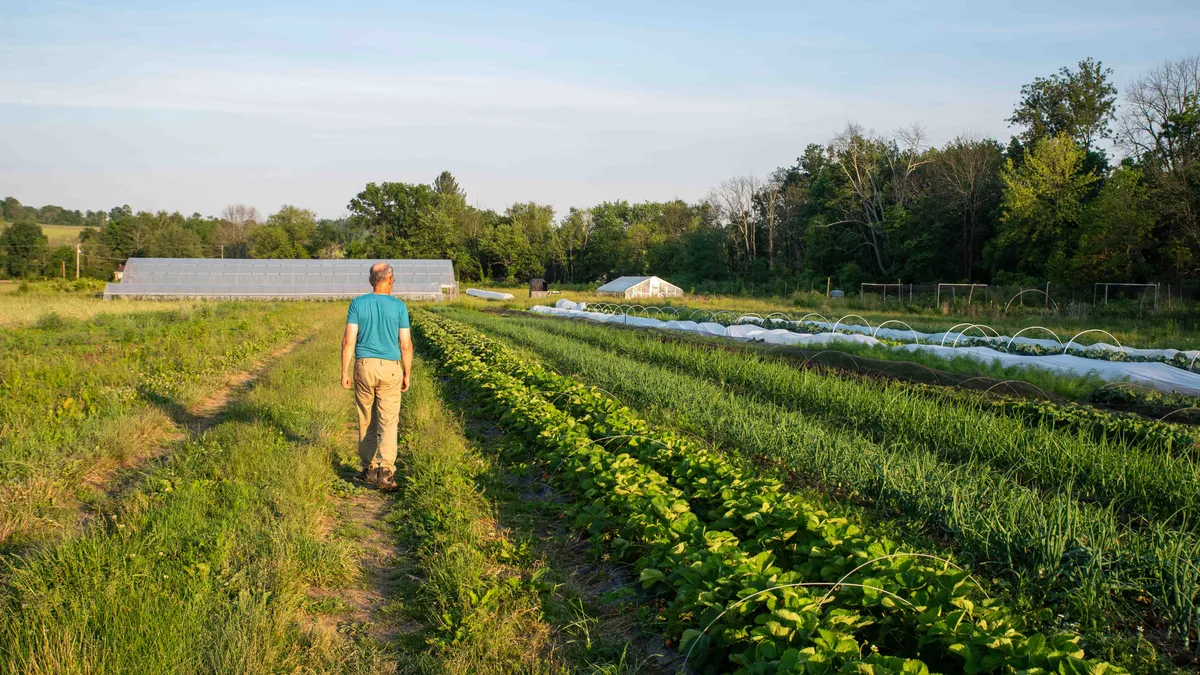Funding from the Inflation Reduction Act helped push U.S. investment in farm conservation programs to a record high in fiscal year 2024. However, a majority of applicants for these programs still received no funding as demand continues to outstrip available resources.
The U.S. Department of Agriculture said it supported more than 23,000 climate-focused conservation contracts through the IRA, contributing to the highest total investment in the history of the department’s Natural Resources Conservation Service. The investments covered over 11 million acres in fiscal year 2024.
In fiscal year 2024, NRCS made more than $3 billion available from the IRA for climate-smart agriculture and forestry mitigation activities, in addition to the $2 billion available from the farm bill for all conservation activities.
“This past year was another record-breaking one for America’s farmers, ranchers, and forest landowners, with more conservation assistance provided than ever before,” Agriculture Secretary Tom Vilsack said in a statement. “Producer demand for conservation assistance remains strong.”
Despite the record investment, strong demand for conservation programs meant a majority of farmers who applied received no funding. NRCS failed to fund nearly 64% of the applications received for its three flagship programs: the Environmental Quality Incentives Program, the Conservation Stewardship Program and the Agricultural Conservation Easement Program.
The funding gap reveals the limitations in U.S. efforts to tackle climate change as farmers seek to play their part through conservation practices. Agriculture makes up about 10% of greenhouse gas emissions, and NRCS programs can help landowners improve their carbon footprint.
Historically, conservation programs have been oversubscribed by as much as 3 to 1, according to the Senate Agriculture Committee. The IRA allocated nearly $20 billion in new agricultural conservation funding across key programs including the Environmental Quality Incentives Program and Conservation Stewardship Program, and is meant to help more farmers access funding.
So far, the IRA has modestly boosted acceptance rates for conservation programs, according to a report from the Institute for Agriculture and Trade Policy. The Conservation Stewardship Program recorded a 6% increase in accepted applications in fiscal year 2023, due in part to expanded outreach and IRA funding.
And while the amount of applicants awarded contracts from the Environmental Quality Incentives Program and Conservation Stewardship Program did not change much year over year, the total number of applicants awarded contracts under these programs increased by roughly 3,000.
As lawmakers in Congress squabble over how to handle IRA investments in the future, it’s possible the funding gap could again widen as Republicans' farm bill proposal looks to remove guardrails that kept investments focused on addressing climate change.
Although Republicans have proposed to keep the majority of IRA funding within NRCS flagship programs, a lack of guardrails means the extra investment could be moved away from conservation programs in future farm bills.
“Demand for EQIP and CSP remains strong, and that funding from the IRA is needed to ensure more farmers can access these important programs,” Institute for Agriculture and Trade Policy said in its report.











